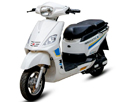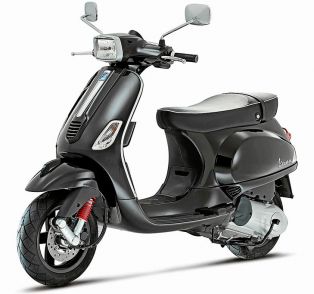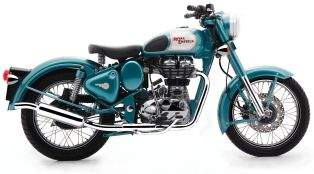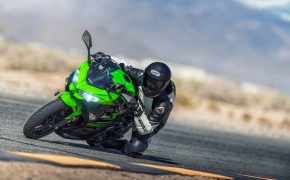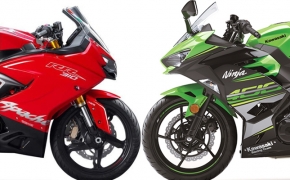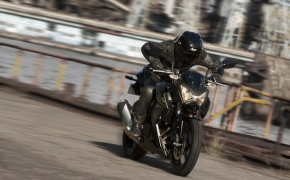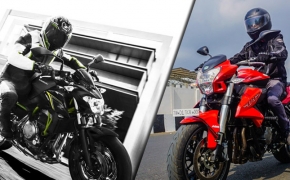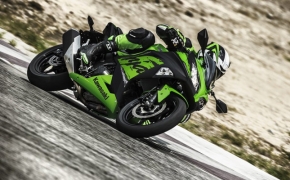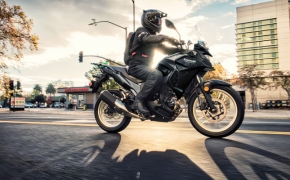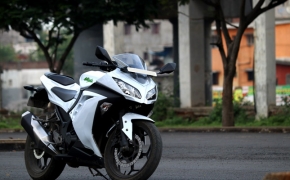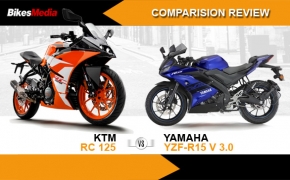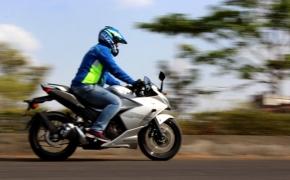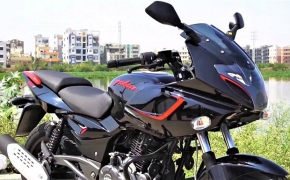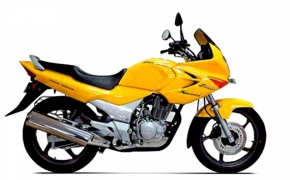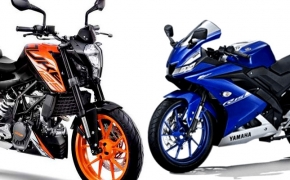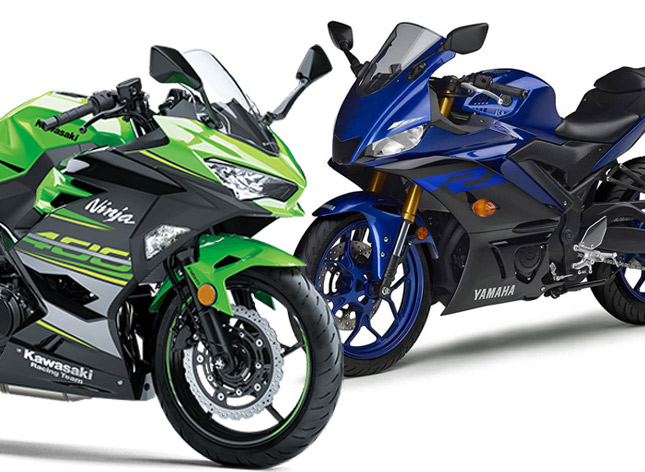 Recently Yamaha updated its world-famous 300cc sportbike the YZF-R3 by giving it a host of mechanical and cosmetic upgrades. A few months ago Kawasaki had already released its Ninja 400 in the market with an intent of dominating the sub 400cc segment. While the KTM dominates sales chart in India, the Ninja 400 has been gaining praise all around the world and is being regarded as the new most standard supersport to buy under 500 cc. In today's comparison, we are going to pit the Yamaha R3 against the new Ninja 400 to see which one of them deserves to be the new king of this segment.
Recently Yamaha updated its world-famous 300cc sportbike the YZF-R3 by giving it a host of mechanical and cosmetic upgrades. A few months ago Kawasaki had already released its Ninja 400 in the market with an intent of dominating the sub 400cc segment. While the KTM dominates sales chart in India, the Ninja 400 has been gaining praise all around the world and is being regarded as the new most standard supersport to buy under 500 cc. In today's comparison, we are going to pit the Yamaha R3 against the new Ninja 400 to see which one of them deserves to be the new king of this segment. Engine:
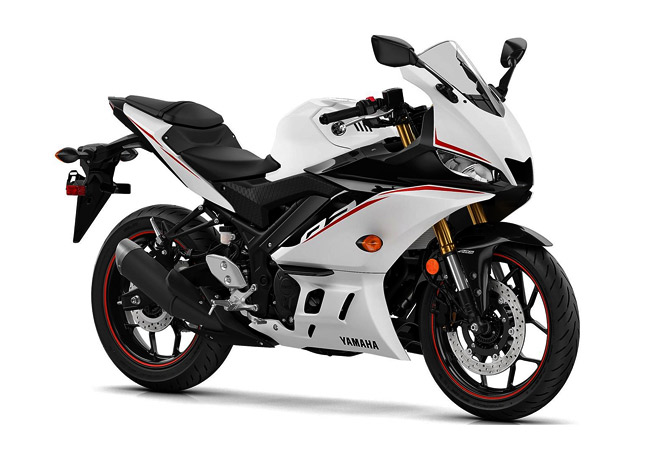 The 2019 Yamaha R3 features the same 321cc Parallel Twin Liquid Cooled motor from the last generation. It still produces 41.4 BHP @10750 RPM and 29.6 NM of torque @9000 RPM. The engine has a compression ratio of 11.2:1 and Bore and Stroke of 68 and 44.1 mm respectively. The 4-Valves are controlled by Dual Cams and the bike can achieve a top speed of around 178 Km/h.
The 2019 Yamaha R3 features the same 321cc Parallel Twin Liquid Cooled motor from the last generation. It still produces 41.4 BHP @10750 RPM and 29.6 NM of torque @9000 RPM. The engine has a compression ratio of 11.2:1 and Bore and Stroke of 68 and 44.1 mm respectively. The 4-Valves are controlled by Dual Cams and the bike can achieve a top speed of around 178 Km/h.The Ninja 400 features an all-new 399cc 4-Valve Parallel Twin Fuel Injected Engine which produces 49 HP @10,000 RPM and 38 Nm of torque @8000 RPM. With a compression ratio of 11.5:1, the bike can redline higher and also has a 200 km/h top speed. This engine too is in DOHC setup in which two cams control the Valve openings.
Chassis:
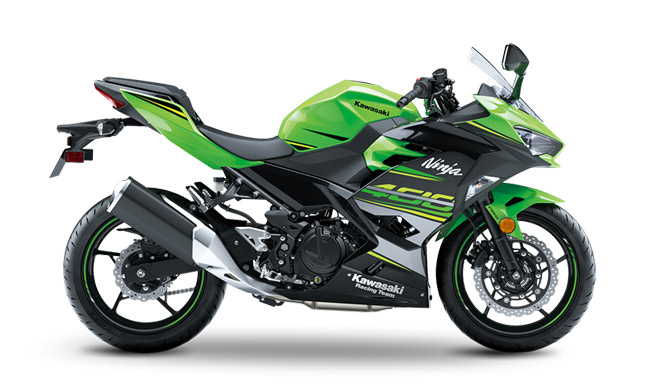 Yamaha uses its Delta-Box frame in the 2019 version of R3. The frame has been reworked for increased Agility and Compactness. The wet weight of the bike is just 166 Kg, which is in the range of Pulsar RS 200, a much less powerful bike. The Suspension on the new Model includes Showa's 41mm Upside down forks at the front and a pre-load adjustable spring at the rear. Brakes at both ends comprise of a Steel Disc while the ABS is a Dual Channel Unit.
Yamaha uses its Delta-Box frame in the 2019 version of R3. The frame has been reworked for increased Agility and Compactness. The wet weight of the bike is just 166 Kg, which is in the range of Pulsar RS 200, a much less powerful bike. The Suspension on the new Model includes Showa's 41mm Upside down forks at the front and a pre-load adjustable spring at the rear. Brakes at both ends comprise of a Steel Disc while the ABS is a Dual Channel Unit. Ninja 400 uses the advance Trellis Frame whose worth has been proven by bikes ranging from KTM Duke 390 to Kawasaki H2. As a result, the weight of the bike with all the fluids is just 168 Kg, which is just 2 Kg more than the R3. The 41 mm Telescopic suspension up front is not as good as that of Yamaha’s but they do work quite well in almost all scenarios. Ninja 400 has petal Disc brakes which offer better heat dissipation and both of them are controlled by a Dual Channel ABS.
Dimensions:
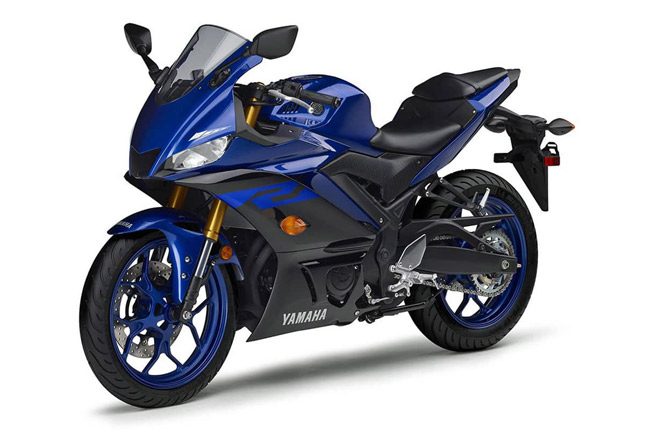 The 2019 Yamaha YZF-R3 has a seat height of 780 mm which is very accessible for riders of all sizes. The Wheelbase of the bike is 1390 mm while its ground clearance is 160 mm. The bike has a 14-litre fuel tank, which is good enough for more than 300 km on a full fuel tank.
The 2019 Yamaha YZF-R3 has a seat height of 780 mm which is very accessible for riders of all sizes. The Wheelbase of the bike is 1390 mm while its ground clearance is 160 mm. The bike has a 14-litre fuel tank, which is good enough for more than 300 km on a full fuel tank. The 2019 Ninja 400 is also quite accessible for riders of all sizes, with just a 5 mm taller seat than the R3. It also has a 14-litre fuel tank, which would give less mileage than the Yamaha R3 but is still good enough for a 300 km ride on a full tank. The Wheelbase of the bike is shorter at 1370 mm and so is it’s ground clearance at 140 mm.
The Shorter wheelbase on the Ninja 400 allows it to have a sharper rake at 24 degrees while the Yamaha R3’s longer wheelbase gives rise to a 25-degree caster angle.
Electrical:
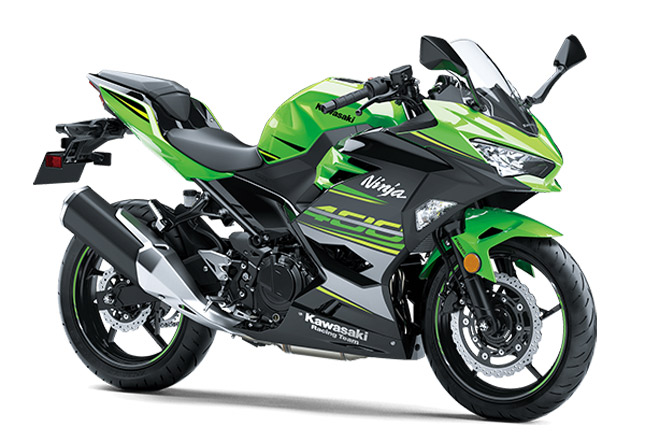 There are no Rider Aids in either Motorcycle besides a Dual Channel ABS. Besides, none of them makes so much power that they’d need a traction control or wheelie control. The ABS is fine as it is.
There are no Rider Aids in either Motorcycle besides a Dual Channel ABS. Besides, none of them makes so much power that they’d need a traction control or wheelie control. The ABS is fine as it is. Conclusion:
The updated Yamaha R3 looks sporty but doesn’t improve much in the name of performance. The overall dimensions of the bike are same, with changes in only the seating position and handlebar placement. The updates on this bike are mostly cosmetic besides the inclusion of Upside Down Forks and Dunlop Sportmax Tyres.
Ninja 400 on the other hand, clearly boasts a victory in outright performance thanks to an all-new 399cc engine and the Ultra Light Trellis Frame. The bike is Quicker, Lighter and Powerful in every way than the Yamaha R3. Although the folks at Yamaha had a clear shot this time with the R3 they chose not to take it.





